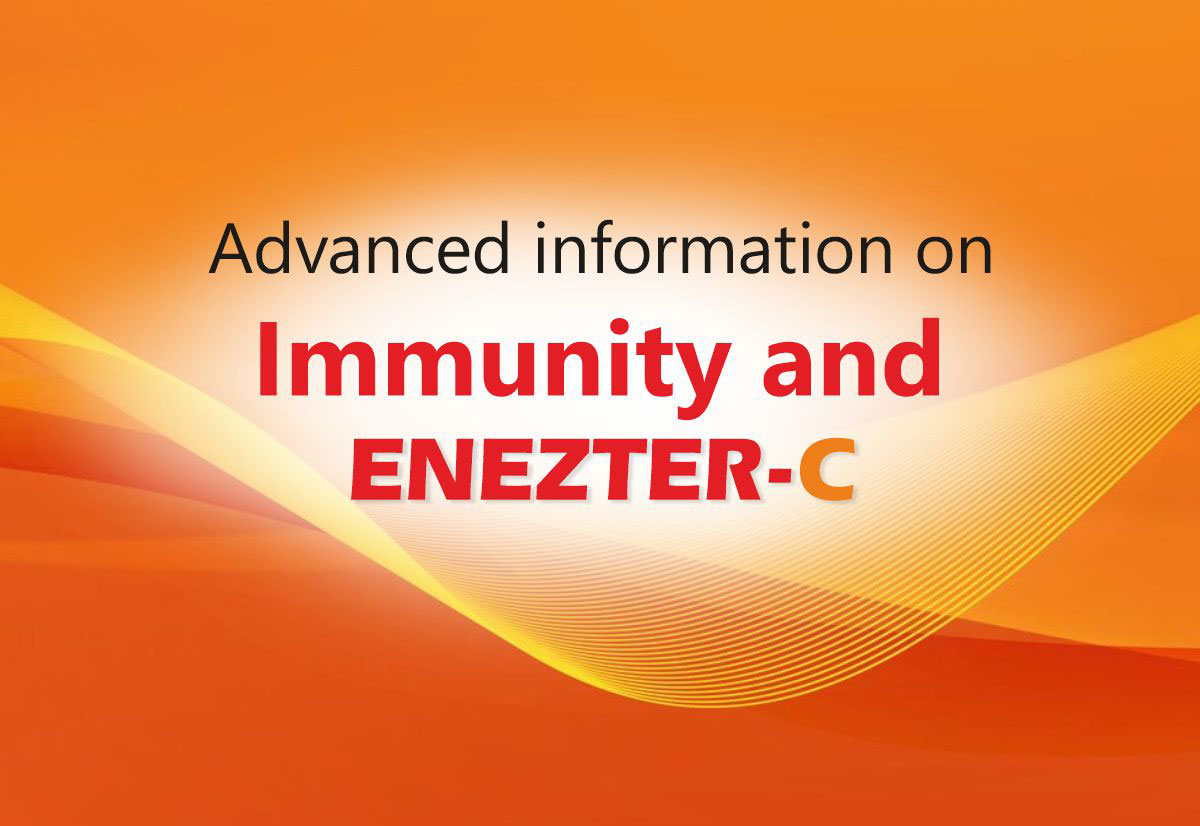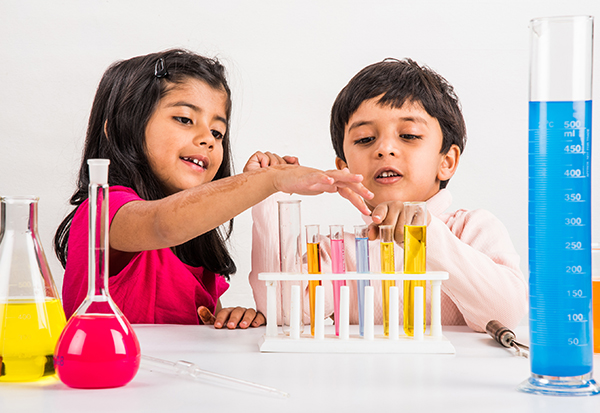Impact of Immunity in COVID-19

Dr. Sanjay Agrawal
Leading Pharmaceutical Consultant and Editor-in Chief of IJMToday

As we are open to sea of microbes, still we live with good health and only few get infected very few succumb, however who will be infected who are immune is yet the ill answered as the science of medicine is imperfect to forecast, however many of us get infected, with many microbes but will not be diseased. In spite of many advances in therapeutics and medicine, our immune system is essential for our survival. Without an immune system, our bodies would be open to attack from bacteria, fungi, viruses, parasites, and many more as physical and chemical molecules. ‘It is our immune system that keeps us healthy as we drift through a sea of pathogens’.
LIFE AND LIVING IS AN WAR FOR SURVIVAL – Many times we win and still we can lose, If the immune system encounters a pathogen, for instance, a bacterium, virus, or parasite, it mounts a so-called immune response. Let us be familiar with immune system, wish to introduce some of the main characters in the immune system.
KEY PLAYERS OF IMMUNE SYSTEM
- Lymph nodes spread throughout the body
- hymus gland, in your neck
- pleen, found above the stomach
- one marrow
There are two main types of white blood cells
1. Phagocytes :
These break down and eat pathogens. Phagocytes include:
- Macrophages – they patrol for foreign bodies and remove waste cells
- Neutrophils – these attack bacteria
2. Lymphocytes, or effector cells :
Produced in bone marrow, lymphocytes remember previous invaders and mount an attack as soon as they detect their presence again. There are:
- B-cells – these act as lookouts, keeping an eye out for pathogens and sending alerts
- T-cells – they receive signals from B-cells. Helper T-cells coordinate the immune response, while natural killer T-cells destroy infected cells
Mast cells are a separate group of cells that are important in allergy. Their job is to heal wounds, but they also release a substance called histamine that can trigger allergy symptoms.
HOW THE IMMUNE SYSTEM WORKS: Anything that can trigger this immune response is called an antigen. An antigen can be a microbe such as a virus, or even a part of amicrobe. Tissues or cells from another person (except an identical twin) also carry non self markers and act as antigens. This explains why tissue transplants may be rejected.
DEFINING IMMUNITY: Immunity is the ability of an organism to resist an infection or toxin by the action of specific antibodies or sensitized white blood cells. In biology, immunity is the balanced state of multicellular organisms having adequate biological defenses to fight infection, disease, or other unwanted biological invasion, while having adequate tolerance to avoid allergy, and autoimmune diseases.
TYPES OF IMMUNITY: It is of two types. Innate immunity protects t h e h o s t against the infection, but has no ‘memory’, and so gives no long-term immunity. The second type is adaptive immunity, which does have a kind of ‘memory’. It does give long-term protection against specific pathogens.
IMMUNITY IS THE SUPER POWER IN BODY: The immune system is incredibly complicated and utterly vital for our survival. Several different systems and cell types work in perfect synchrony (most of the time) throughout the body to fight off pathogens and clear up dead cells. In biology, immunity is the balanced state of multi cellular organisms having adequate biological defenses to fight infection, disease, or other unwanted biological invasion, while having adequate tolerance to avoid allergy, and autoimmune diseases. Immunity is the capability of multicellular organisms to resist harmful microorganisms from entering it. Immunity involves both specific and nonspecific components. The nonspecific components act as barriers or eliminators of a wide range of pathogens irrespective of their antigenic make-up. Other components of the immune system adapt themselves to each new disease encountered and can generate pathogens-specific immunity. The importance of immunity much realized when the people infected with HIV infection succumbed to AIDS with multiple opportunistic infections. Never forget IMMUNITY is gift of the nature without which we cannot fight few microbes around us and storms arise in our own body. There are continuous advances in our current understanding of the immune system and how it functions to protect the body from infection. Given the complex nature of this subject.
LIFE IS A CHALLENGE TO LIVE EVERYDAY FOR EVERYONE: Our immunity is tested day in day out thanks to the 21st century invasion of newer bacteria and virus; not to mention the ever increasing pollution.
HOW WE BECOME IMMUNE TO INFECTION: Our immune system is always ready to go and leaps into action as soon as any foreign invader is detected in the body. It is known as the innate immune response and includes the release of chemicals that cause inflammation and white blood cells that can destroy infected cells. But this system is not specific to corona virus. It will not learn, and it will not give you immunity to the corona virus. Instead you need the adaptive immune response. This includes cells that produce targeted antibodies that can stick to the virus in order to stop it and T-cells that can attack just the cells infected with the virus, called the cellular response.
WE LIVE BY HERD IMMUNITY: Herd immunity helps in controlling the spread of a contagious disease within a population that results if a sufficiently high proportion of individuals are immune to the disease, especially through vaccination.”The level of vaccination needed to achieve herd immunity varies by disease” This takes time – studies suggest it takes around 10 days to start making antibodies that can target the corona virus and the sickest patients.
IMMUNOPATHOLOGY of COVID-19: Notably, SARS-CoV-2 infection activates innate and adaptive immune response, thus sustaining the resolution of COVID-19. While a rapid and well-coordinated immune response represents the first line of defense against viral infection, excessive inflammatory innate response and dysregulated adaptive host immune defense may cause harmful tissue damage at both at the site of virus entry and at systemic level. The excessive pro-inflammatory host response has been hypothesized to induce an immune pathology resulting in the rapid course of acute lung injury (ALI) and ARDS occurring in SARS-CoV-2 infected patients.
HERD IMMUNITY IN COVID 19 – WITHOUT A VACCINE: We are more hopeful on Herd immunity in COVID 19 is achieved when the majority of population becomes immune to an infectious disease, either because they have become infected and recovered, or through vaccination. When that happens, the disease is less likely to spread to people who aren’t immune, because there just aren’t enough carriers.
WE RECOVER WITH HELP OF ADAPTIVE IMMUNITY: If the adaptive immune response is powerful enough, then it could leave a lasting memory of the infection that will give protection in the future. It is not known if people who have only mild symptoms, or none at all, will develop a sufficient adaptive immune response. Troubling headlines have been cropping up across Asia: Patients who were diagnosed with COVID-19 and seemingly recovered have been readmitted to the hospital after testing positive for the virus again.
Vitamin C (Ascorbic Acid):-
Vitamin C is a water-soluble vitamin and is important in forming collagen- a protein that gives structure to bones, cartilage, muscles, skin and blood vessels.
Vitamin C plays an important role as a component of enzymes involved in the synthesis of collagen and carnitine, It acts as a reducing agent to maintain the enzyme prolyl hydroxylase in an active form, most likely by keeping its iron atom in a reduced state. The hydroxylation of proline and lysine in pro collagen is carried out by the enzyme prolyl hydroxylase using vitamin C as a cofactor.
It also helps maintain capillaries, bones, and teeth and aids in the absorption of iron. Vitamin C is the most potent enhancer of non-heme iron absorption. A study showed that iron absorption from non-heme food sources can be increased significantly with a daily vitamin C intake of at least 25 mg for each meal (estimated for 3 meals/day).
Vitamin C is a potent antioxidant because it can donate a hydrogen atom and form a relatively stable ascorbyl free radical. As a scavenger of reactive oxygen and nitrogen oxide species, vitamin C has been shown to be effective against the superoxide radical ion, hydrogen peroxide, the hypochlorous acid and singlet oxygen.
Vitamin C protects folic acid reductase, which converts folic acid to folinic acid, and may help release free folic acid from its conjugates in food. Vitamin C facilitates the absorption of iron.
Severe deficiency of vitamin C causes scurvy. Symptoms appear when the serum level falls below 0.2 mg/dl. The psychological manifestations of scurvy include depression and hysteria. This potentially fatal disease can be prevented with as little as 10 mg vitamin C per day, an amount easily obtained through consumption of fresh fruits and vegetables.
Several symptoms of vitamin C deficiency have been recognized including follicular hyperkeratosis, swollen and inflamed gums, loosening of teeth, dryness of the mouth and eyes, loss of hair and dry itchy skin. These symptoms reflect the role of vitamin C in the maintenance of collagen and blood vessel integrity. Acute or chronic deficiencies characterize by hemorrhagic manifestations and abnormal osteoid and dentin formation.
Vitamin C plays important role in skin health. By the formation of collagen and elastin, it helps in maintaining skin elasticity and prevents wrinkles, sagging and skin ageing. Further its wound healing property makes it useful in wound management and inflammatory pruritic skin conditions. It has also been found to have role in skin pigmentation and scar prevention.
Vitamin C is normally deposited in the skin and is an essential part of the anti-oxidant brigade to protect skin against free radical assault from the atmosphere and from ultra violet light. Vitamin C plays a very important role in converting inactivated vitamin E back into an active anti-oxidant form of vitamin E and thus protects cellular membranes.
Vitamin C is widely distributed in nature, mostly rich in fresh fruits and leafy vegetables such as guava, mango, papaya, cabbage, mustard leaves and spinach. Most food based dietary guidelines are similar in that all recommend consumption of 5 servings of fruits and vegetables daily. If this recommendation is followed, daily intake of vitamin C will be 210 to 280 mg, depending on food content factors.
Vitamin C is the least stable of all vitamins and is easily destroyed during processing and storage. Exposure to oxygen, prolonged heating in the presence of oxygen, contact with minerals (iron and copper) and exposure to light are destructive to the vitamin C content of foods.
Bioavailability, nutrient-nutrient interactions, gender and antioxidant protection are important factors affecting vitamin C requirement
Zinc
Zinc is an essential trace element for all forms of life
Numerous aspects of cellular metabolism are zinc-dependent. Zinc plays important role in growth and development, the immune response, neurological function, and reproduction. On the cellular level, the function of zinc can be divided into three categories: 1) catalytic, 2) structural, and 3) regulatory:
- Nearly 100 different enzymes depend on zinc for their ability to catalyze vital chemical reactions. Zinc-dependent enzymes can be found in all known classes of enzymes.
- Zinc plays an important role in the structure of proteins and cell membranes. The structure and function of cell membranes are also affected by zinc. Loss of zinc from biological membranes increases their susceptibility to oxidative damage and impairs their function.
The symptoms of severe zinc deficiency include the slowing or cessation of growth and development, delayed sexual maturation, characteristic skin rashes, chronic and severe diarrhea, immune system deficiencies, impaired wound healing, diminished appetite, impaired taste sensation, night blindness, swelling and clouding of the corneas, and behavioral disturbances. Oral zinc therapy results in the complete remission of symptoms.
It has recently become apparent that milder zinc deficiency contributes to a number of health problems, especially common in children who live in developing countries. Controlled trials of moderate zinc supplementation have demonstrated that mild zinc deficiency contributes to impaired physical and neuropsychological development and increased susceptibility to life-threatening infections in young children.
Significant delays in linear growth and weight gain, known as growth retardation or failure to thrive, are common features of mild zinc deficiency in children. In the 1970s and 1980s, several studies of zinc supplementation in young children with significant growth delays were conducted. Modest zinc supplementation (5.7 mg/day) resulted in increased growth rates compared to placebo.
Low maternal zinc nutritional status has been associated with diminished attention in newborn infants and poorer motor function at six months of age. Zinc supplementation has been associated with improved motor development in very low-birth-weight infants, more vigorous activity in Indian infants and toddlers, and more functional activity in Guatemalan infants and toddlers. Additionally, zinc supplementation was associated with better neuropsychological functioning (e.g., attention) in Chinese first grade students.
Adequate zinc intake is essential in maintaining the integrity of the immune system, and zinc-deficient individuals are known to experience increased susceptibility to a variety of infectious agents
Age-related declines in immune function are similar to those associated with zinc deficiency, and the elderly are vulnerable to mild zinc deficiency. Certain aspects of immune function in the elderly have been found to improve with zinc supplementation. A randomized placebo-controlled study in men and women over 65 years of age found that a zinc supplement of 25 mg/day for three months increased levels of some circulating immune cells (i.e., CD4 T-cells and cytotoxic T-lymphocytes) compared to placebo.
Role of Zinc in COVID 19 is very scientific, it inhibits RND depend RNA polymerase. Ultimately no protein formation in virus. Death of virus.




